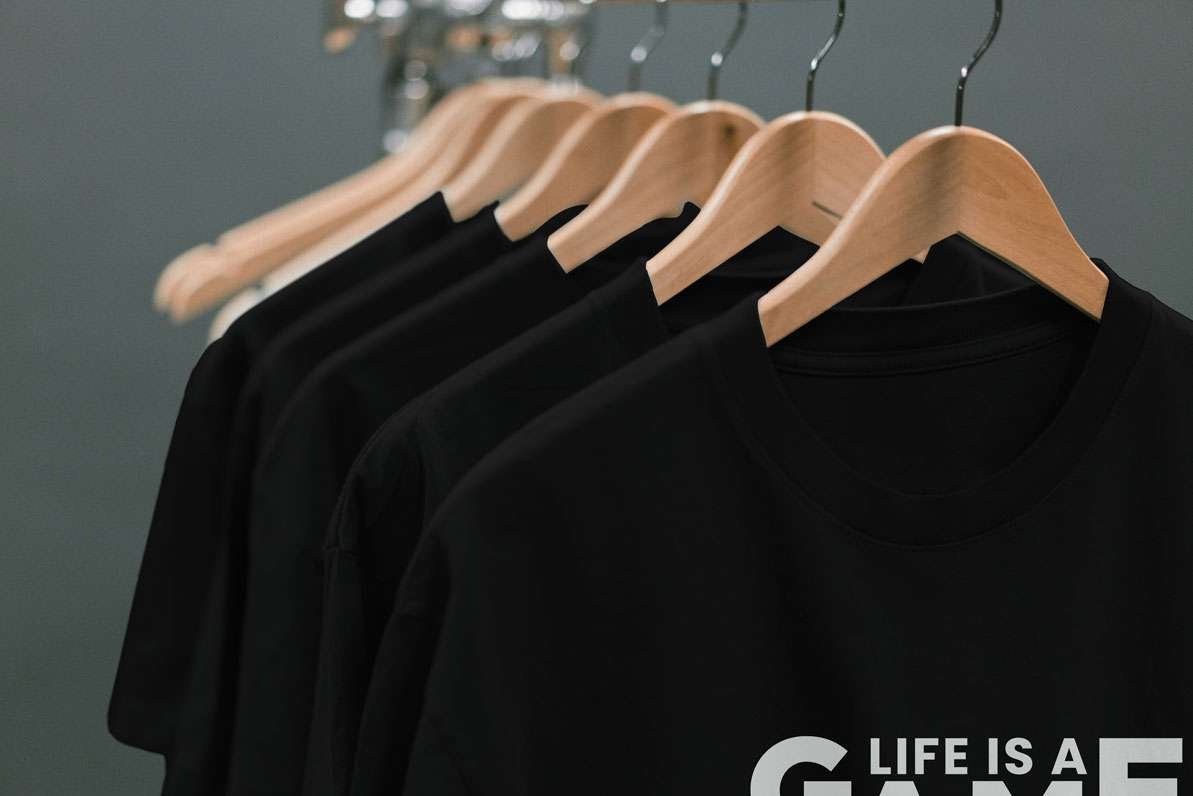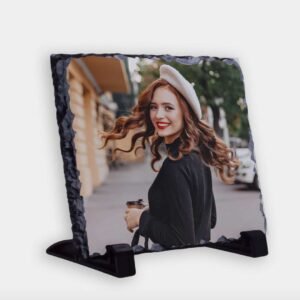Subtotal: ₹699.00

Fabric printing techniques have evolved significantly over the years, offering a diverse array of options for designers and manufacturers alike. From traditional methods that have stood the test of time to cutting-edge digital innovations, the world of fabric printing is a realm of endless possibilities. In this exploration, we delve into the rich tapestry of fabric printing techniques, uncovering the artistry, technology, and practical considerations that define each method.
Introduction to Fabric Printing Methods
Fabric printing methods encompass a range of techniques used to apply designs onto textiles. These methods can be categorized into traditional and modern approaches. Traditional techniques often involve manual processes such as block printing, screen printing, and batik, each imbued with cultural significance and artisanal craftsmanship. Modern methods, on the other hand, leverage technology for precise and efficient printing, with digital printing emerging as a prominent choice for its versatility and customization capabilities.
Traditional Printing Techniques
Traditional fabric printing techniques have been practiced for centuries, rooted in the rich heritage of various cultures around the world. Block printing, originating in India, involves carving intricate designs onto wooden blocks, which are then dipped in dye and stamped onto fabric to create repeating patterns. Screen printing, another ancient method, employs a fine mesh screen through which ink is pressed onto the fabric, allowing for vibrant and detailed designs. Batik, a technique originating in Indonesia, utilizes wax-resistant dyeing to produce intricate patterns with a distinctive, handcrafted appeal.
Modern Digital Printing Innovations
In recent years, digital printing has revolutionized the fabric printing industry, offering unparalleled precision and flexibility. Unlike traditional methods that require separate screens or blocks for each color, digital printing allows for seamless integration of intricate designs and vibrant colors directly from digital files. This method employs inkjet technology to print designs onto fabric with exceptional accuracy and speed, making it ideal for small-scale production and custom orders. Additionally, digital printing minimizes waste by only using the necessary amount of ink, making it a more sustainable option compared to traditional techniques.
Choosing the Right Printing Method
When selecting a fabric printing method, designers must consider various factors such as design complexity, production volume, and desired aesthetic. Traditional techniques offer a unique artisanal quality and are well-suited for small-batch productions or limited edition pieces. On the other hand, digital printing provides unmatched versatility and efficiency, making it ideal for larger-scale projects or custom designs with intricate details. Ultimately, the choice of printing method depends on the specific requirements of each project, balancing artistic vision with practical considerations to achieve the desired outcome.
===OUTRO:
As the world of fabric printing continues to evolve, the fusion of traditional craftsmanship and modern technology opens up new horizons for creativity and innovation. Whether honoring ancient traditions or embracing cutting-edge techniques, each method offers a canvas for artistic expression, weaving stories, and emotions into the very fabric of our lives. With a plethora of options at their fingertips, designers have the power to transform visions into reality, one stitch at a time.



